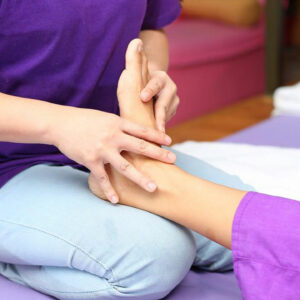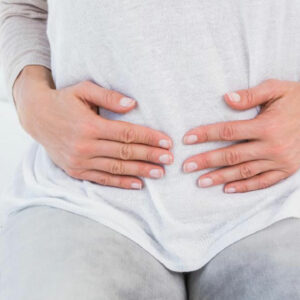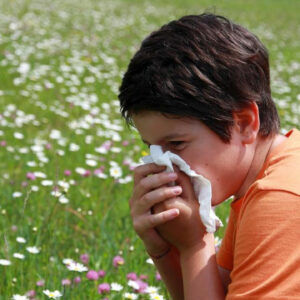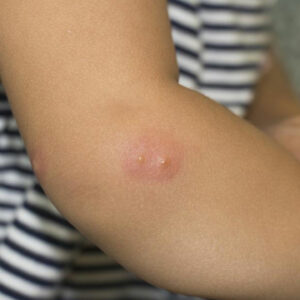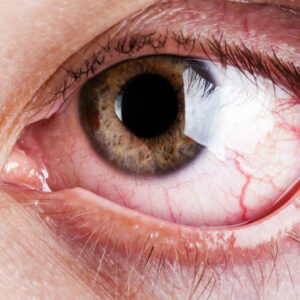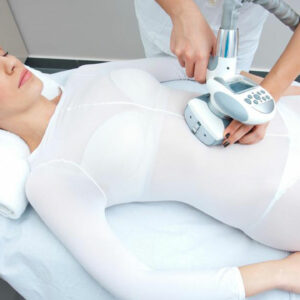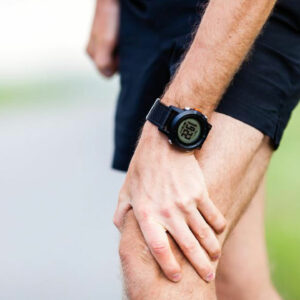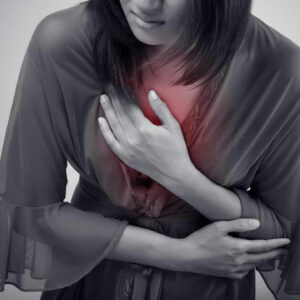
01
Simple Remedies to Stop Heartburn
The sluggish way of life and lack of planned routine is hampering human health thereby affecting the immunity level and paving the way for serious medical illness. The increasing fast-paced life has brought with its addiction to foods which directly harm primary organs of the body. Medical conditions which could initially be identified in geriatric people are now being seen in people falling within the age group of 30 to 45. Heartburn is one such condition which is commonly found in youngsters today thanks to binging disorders and haywire routine. Heartburn is a condition where contents of the stomach get pushed through the esophagus thereby leaving a burning sensation in the chest and throat. Heartburn is also commonly known as acid reflux. Repeated bouts of this acid reflux, if not treated on time can lead to severe gastro related medical conditions. Apart from consulting a doctor, here are a few remedies to help suffice pain and burn caused due to heartburn. Chewing gum Saliva is a natural healing element to it which helps in sufficing the burning sensation caused due to heart burn. Medical research has proved that people who are suffering from heartburn, chewed chewing gum and experienced pain relief caused due to heartburn. Constant chewing of chewing gums increases the production of saliva in the mouth which in turn helps in diluting the acidic elements caused by heartburn thereby leaving a soothing effect. Aloe Vera Herbal healing remedies are one of the finest and trusted forms of medicines when it comes to medical conditions like heartburn. Aloe has a natural soothing component which helps in cooling down the burning sensation caused because of stomach acids. If consumption of raw aloe is quite difficult for you, then you can find natural aloe juices in herbal medical shops. Consumption of a spoonful of raw aloe or half a cup of aloe juice on a regular basis will help to keep heartburn at bay.
Read More 
